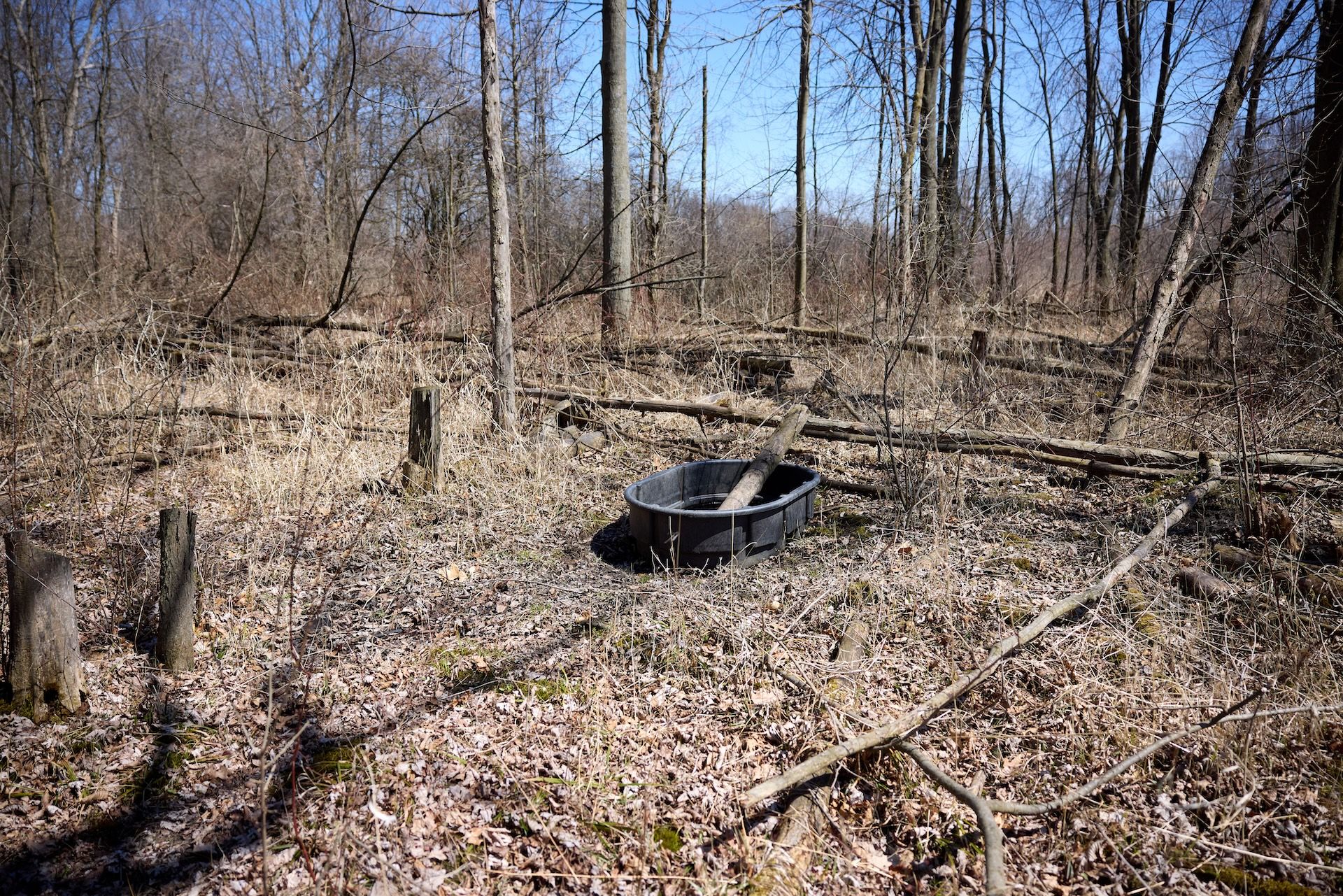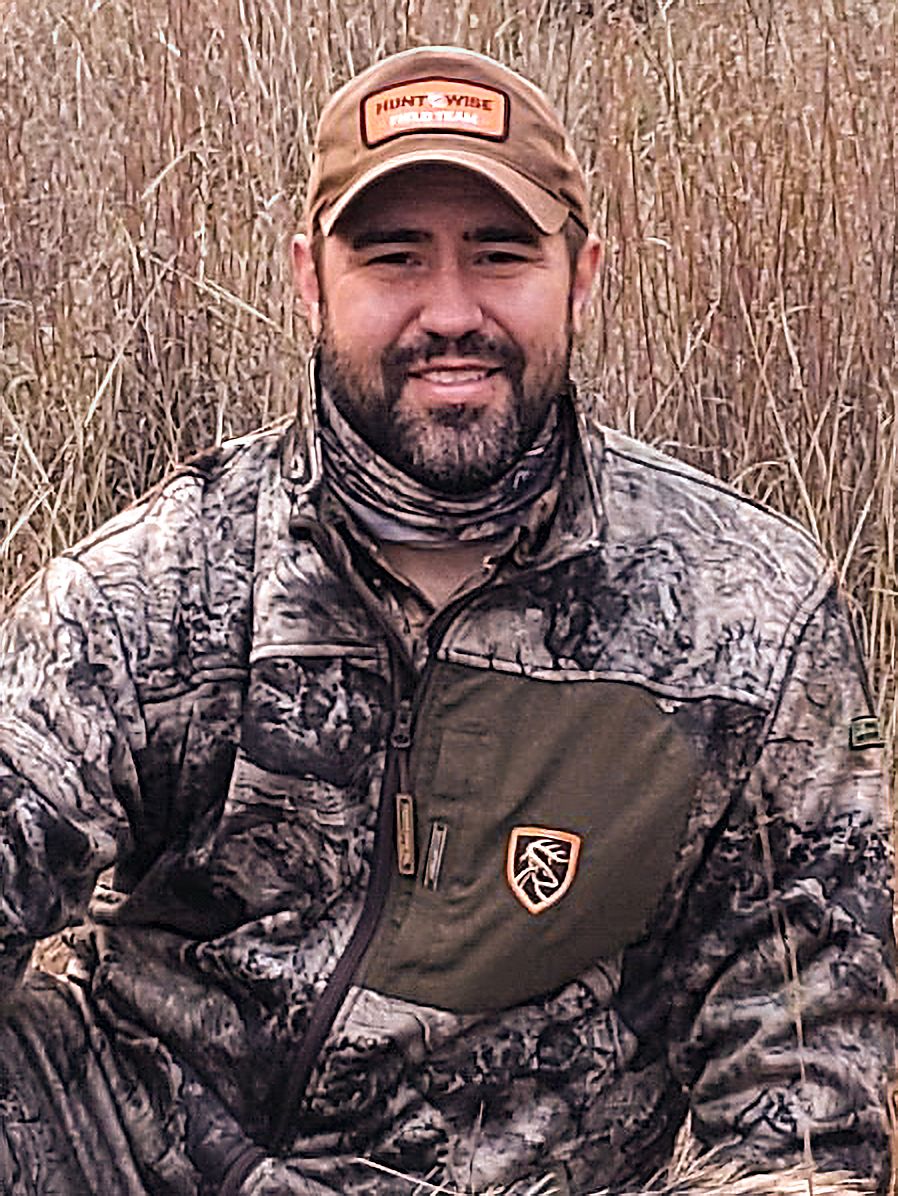Growing up, my dad and I had access to hunt a dry parcel of land. Any water, natural or otherwise, was few and far between. To fix this, he created a makeshift waterhole by taking a fifty-five-gallon barrel, splitting it in half, and burying it up to the brim at a low spot in a dry seasonal draw.
While I didn’t enjoy the task at the time, we would haul water in buckets to keep the halves full, and they became an oasis for wildlife. Deer, turkey, songbirds, and small mammals would visit this water hole regularly, and it would eventually become one of our favorite archery hunting hotspots before the rut and fall rains began.
I can't stress enough the importance of adding a water spot to your food plot and habitat planning! Today, we cover how to make a water hole for deer (and why).
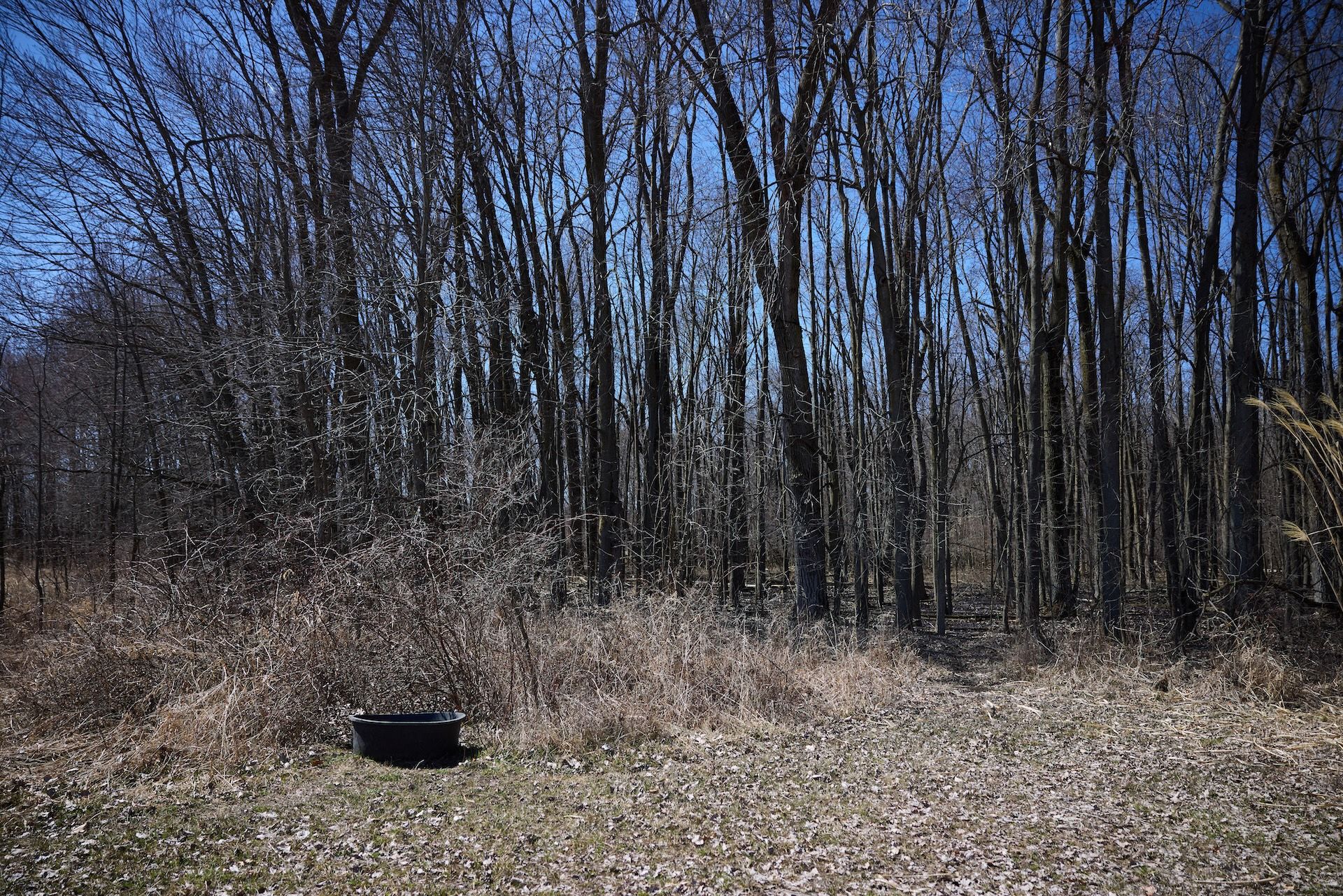
Why Waterholes Are Important for Deer
Like most creatures, deer need three things to survive: food, cover, and water.
Deer need consistent access to water for hydration and to aid in the rumination of their food as part of their digestion. In areas with limited natural water sources, a well-placed man-made waterhole can attract and keep deer on your hunting property year-round. It can also help support deer during critical dry periods like during droughts and the hottest summer months when deer need to water multiple times per day.
When to Make a Water Hole for Deer
The best time to dig and establish waterholes is during spring and summer before the dry seasons hit. This allows deer to exert less energy traveling back and forth to water from feeding and bedding cover and put more energy into growing that new headgear.
Make sure the water spot is ready at this time of year gives them time to find it and create a predictable and huntable pattern around it before hunting season begins. It may also be easier to dig as the soil may still retain moisture from spring rains before hardening as it dries, which is common for clay soils prevalent in much of the whitetail’s range.
Early Fall can also be a good time as it ensures a reliable water source leading into the rut and hunting season — but any time before or during a drought can be an absolute game-changer when local natural sources dry up.
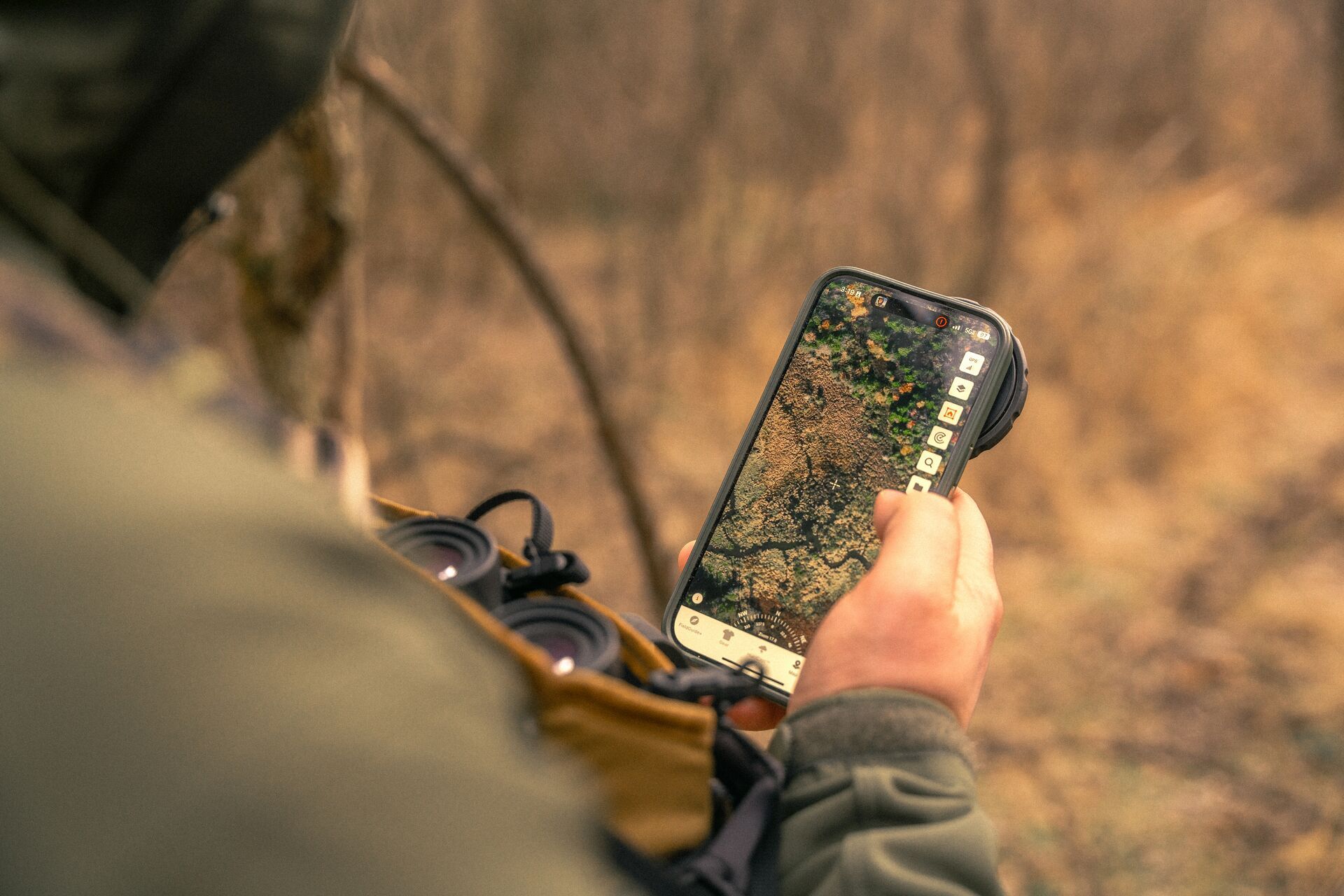
How to Choose the Right Location
When making a deer watering hole, location matters.
Look for small depressions or low-lying areas near known bedding areas. Building these along travel corridors where deer naturally move between feeding and bedding areas will make them easier to find and more likely for deer to utilize your hard work. Spots near food plots or just inside the treeline adjacent to ag fields can be great, but make sure these are positioned to where deer feel secure while coming to water and drinking.
You can also use HuntWise to identify travel corridors and feeding and bedding areas to plot the ideal spot for a watering hole. Then, mark the locations of the watering holes for deer in the app so you can keep an eye on them for long-term maintenance.
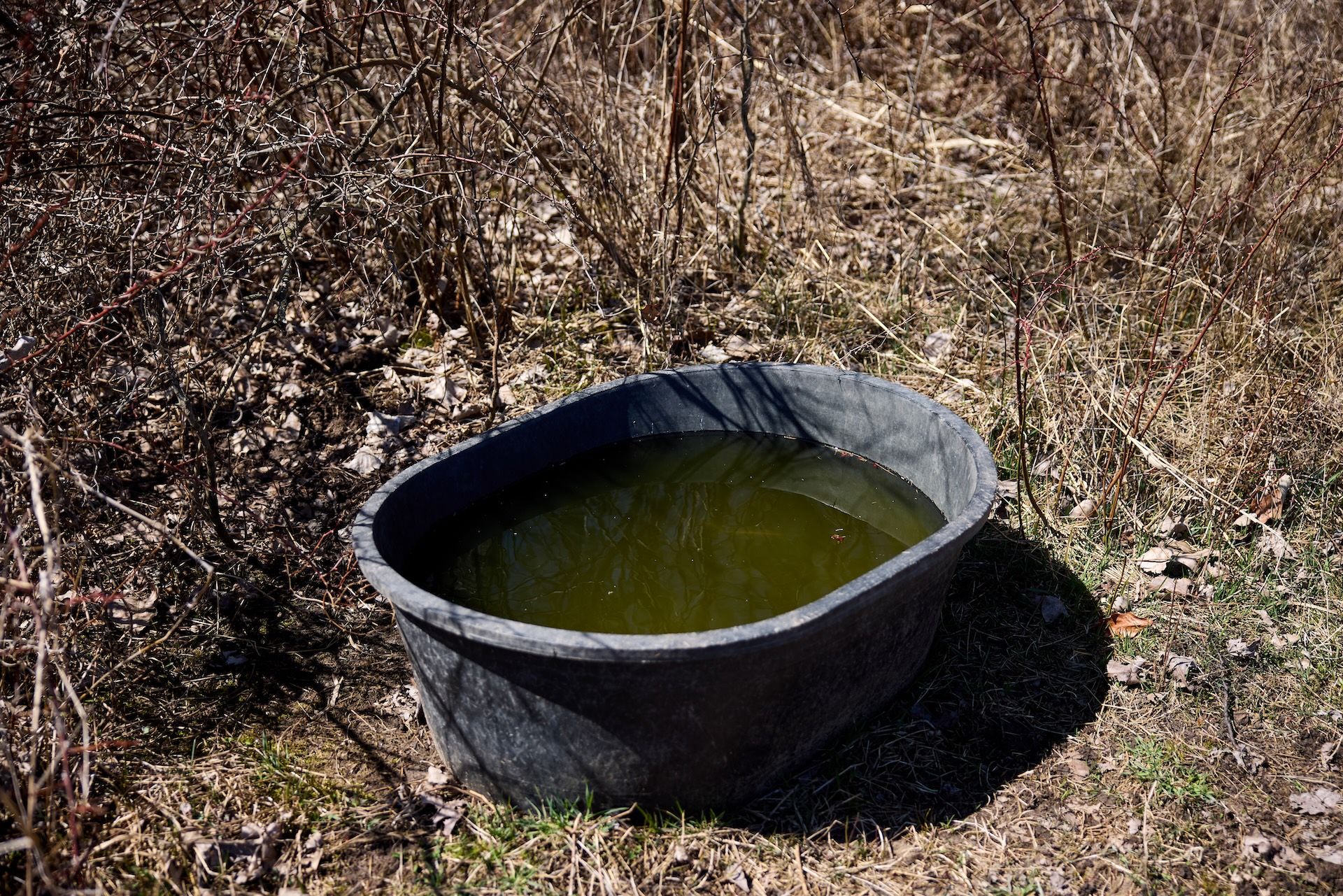
How to Make a Water Hole for Deer
So, how do you construct a water oasis for the deer herd in your area? Follow these steps! You'll also want to avoid some common mistakes to ensure deer take advantage of your water spot.
1. Select a Low Spot
These areas will typically hold water better and are more likely to naturally collect runoff when it does rain. Find a spot under some tree cover or in other shady areas to help reduce water loss due to evaporation.
2. Dig a Shallow Basin
Two to three feet deep is usually enough, with sloped edges for easy access. Avoid big, abrupt drop-offs, as it can be difficult for animals to reach when water levels drop.
3. Use a Liner or Tub
Adding a bottom to your water source can make it last much longer.
An inexpensive child wading pool works great for smaller water holes, or commercially available pliable pond liners for larger water sources can help hold and retain water, especially in areas with more sandy or porous soil types.
4. Camouflage and Naturalize
Use logs, rocks, and vegetation to make the waterhole blend into the natural surroundings.
One thing I always recommend as part of this stage is including a tree branch or log that extends all the way to the bottom as a way to give small animals a way to escape when they inevitably fall in while getting a drink.
5. Fill and Maintain
You wouldn’t want to drink stagnant water, and neither does your target buck. Keep the water fresh when possible, especially during dry periods and the hottest parts of summer.
Maintaining Your Waterhole
Remember how you marked the locations of your watering holes in HuntWise? Doing this makes it easy to revisit them and keep them in good shape for visiting deer.
Regularly check your newly created oasis for debris, algae, or silt build-up and leaks. Refilling it regularly and preventing it from going dry helps to keep it effective as a reliable water source for wildlife.
These smaller water holes can also be killer spots to place trail cameras to monitor activity to see how deer are using it, which direction they are traveling from and leaving to, and to take inventory of any new deer traveling through the area.
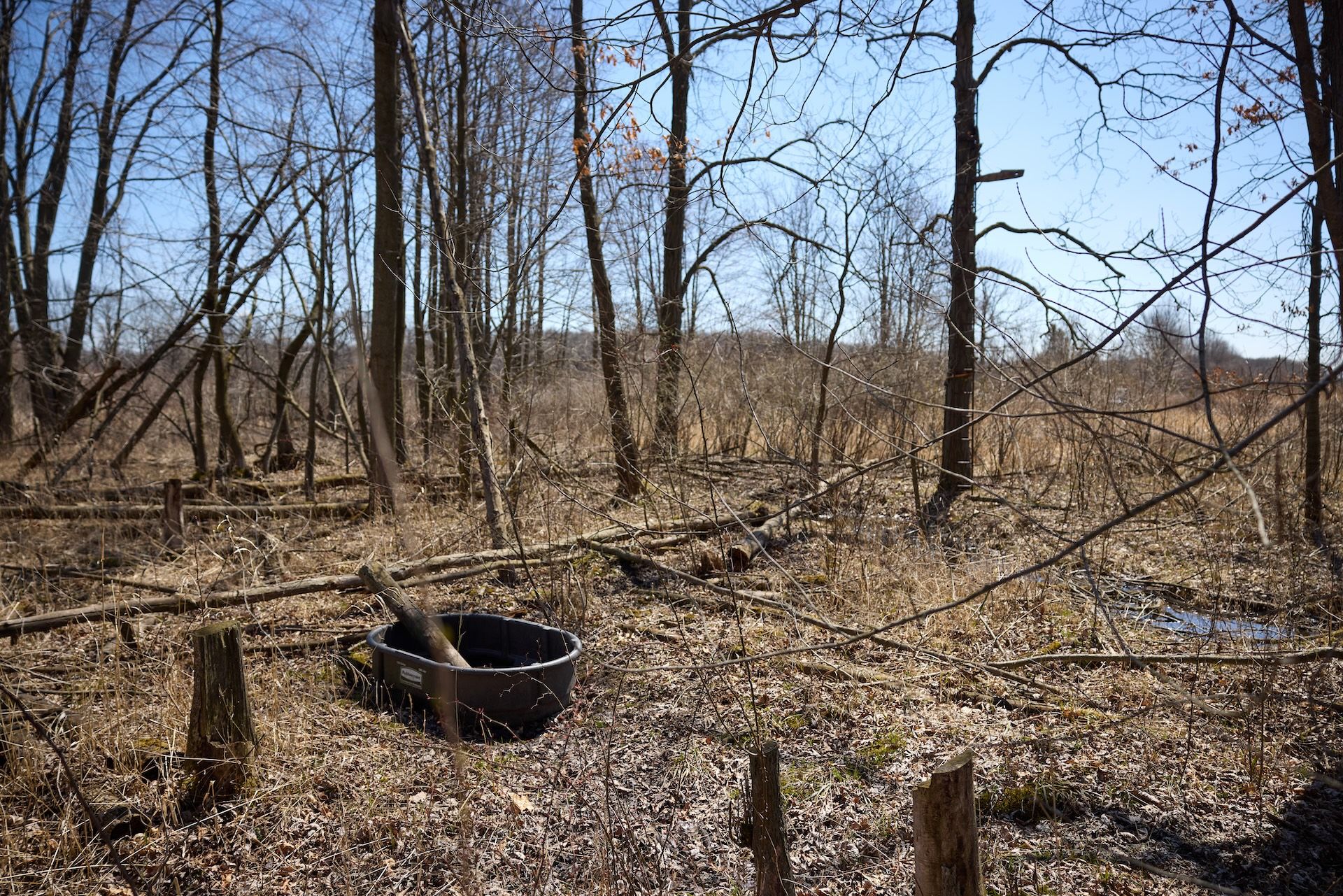
Use HuntWise to Plan Watering Holes and Better Hunts This Season
A well-placed and properly maintained waterhole can greatly enhance your hunting property (and success). All the food and cover in the world won’t do you any good if deer don’t have a reliable source of water.
Building watering holes for deer provides a year-round source of that much-needed H2O for deer, increases their movement in your hunting area, and increases your odds of an encounter with that target buck. With proper planning and maintenance, your waterhole can be a long-term game-changer for attracting and holding deer on your hunting property season after season.
Download HuntWise today to map out your next habitat management project with pins for waterholes, food plots, and mineral sites. Try it free during your first week in the app.
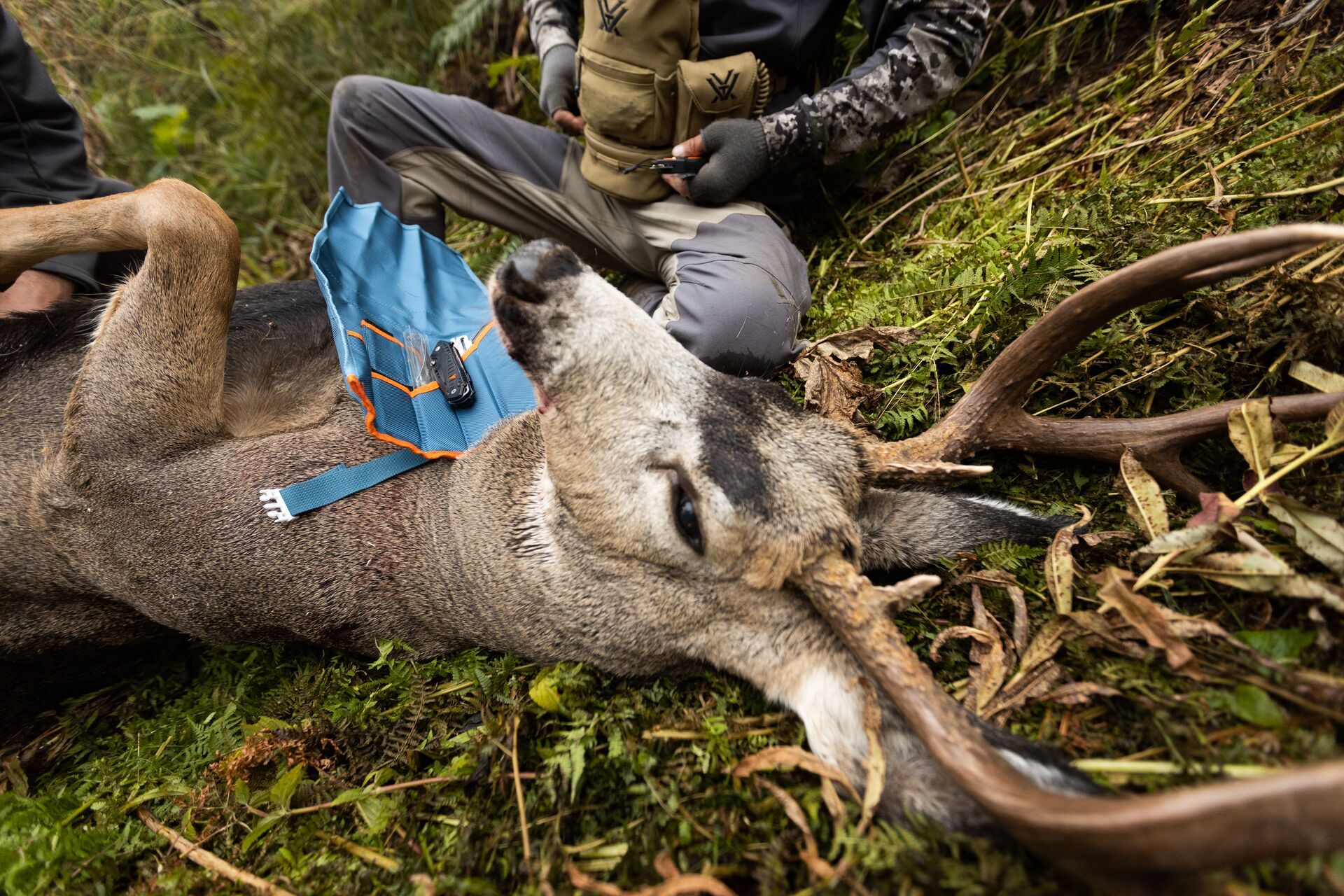
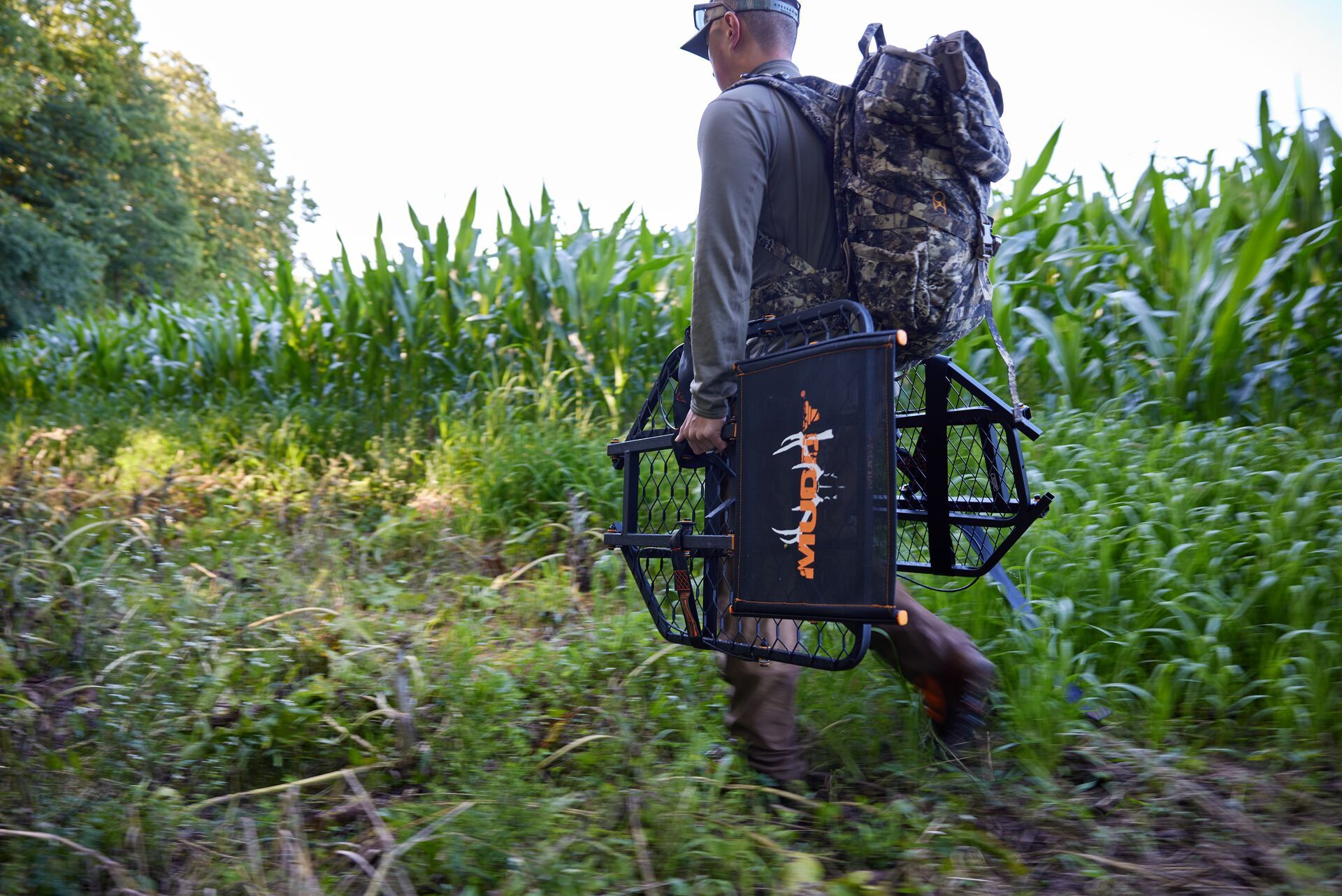
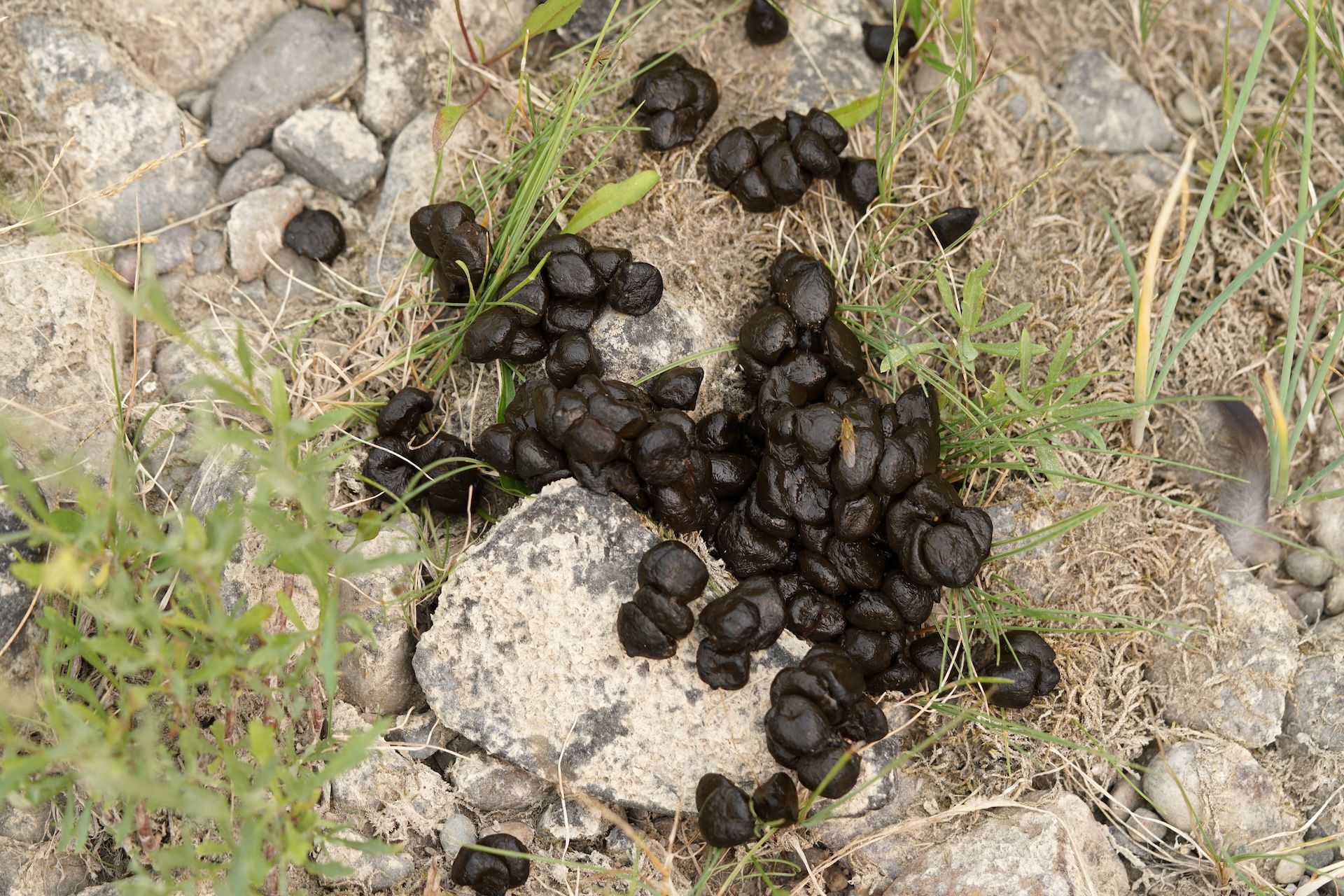
 Deer
Deer Deer
Deer Deer
Deer